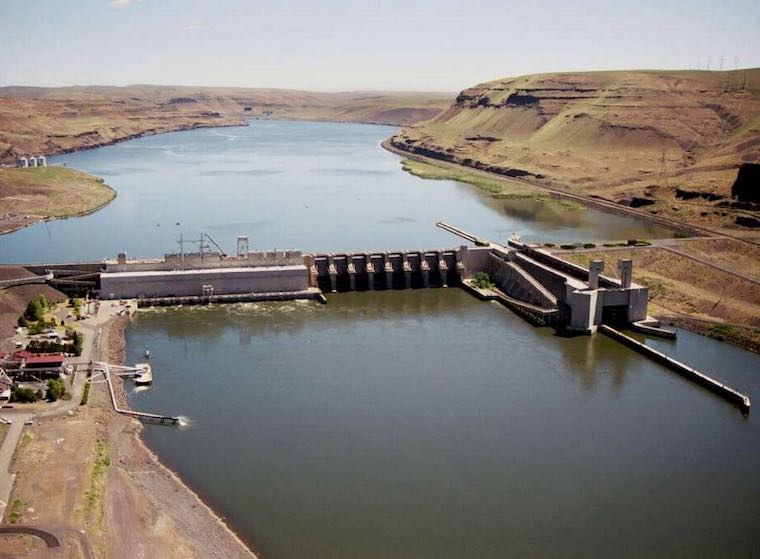forum
library
tutorial
contact

A Healthy River Ecosystem Can
Restore Salmon Better and More Cheaply
by David Cannamela
Idaho Statesman, February 6, 2018
|
the film forum library tutorial contact |

|
A Healthy River Ecosystem Can
by David Cannamela
|
 I didn't buy salmon or steelhead tags this season because the state of Idaho and its agency, the Idaho Department of Fish and Game, are doing little if anything to recover wild salmon and steelhead and nothing at all for Pacific lamprey. Admittedly, the choice was made easier by the fact that the hatchery runs are bound to be horribly poor again this year. But even if the hatchery runs are sufficient to support some fisheries, that's not enough.
I didn't buy salmon or steelhead tags this season because the state of Idaho and its agency, the Idaho Department of Fish and Game, are doing little if anything to recover wild salmon and steelhead and nothing at all for Pacific lamprey. Admittedly, the choice was made easier by the fact that the hatchery runs are bound to be horribly poor again this year. But even if the hatchery runs are sufficient to support some fisheries, that's not enough.
The title of Jim Lichatowich's book "Salmon Without Rivers" says it all. Fish to catch without all the benefits of healthy river ecosystems is a very low bar and one that masks the impoverished state of the system. Free-flowing rivers; healthy, sustainable fish runs; and a diverse and resilient ecosystem should be the goal. Only a free-flowing system can provide that.
Sadly, in 2008 Idaho gave up its right to fight for this condition when it signed an agreement (accords) with the Bonneville Power Administration. In exchange for funding to do habitat and hatchery work in Idaho, the state agreed to remain silent on operation of the federal hydrosystem in lower Snake River -- simply put, the state agreed to remain silent on dam removal, the one action necessary to restore Idaho's wild fish runs. Not to be lost in this discussion is the fact that the loss of Snake River anadromous fish runs has ecosystem-wide deleterious effects, including impacts to orca, cutthroat and bull trout populations, and the countless other species that rely on salmon nutrients for their survival. And there's the matter of forest health -- grass, shrubs and trees "eat" salmon too.
The work being done with the money is important -- but it won't recover the fish. Restored spawning and rearing habitat will be productive when there are fish there, but that won't happen until the migration corridor habitat, mistakenly mislabeled as the hydrosystem, is restored. The 140-mile clogged artery must be unclogged in order to increase juvenile fish survival to the point where the runs will recover.
Likewise, the sockeye captive breeding program is essential, but only inasmuch as it keeps the last remaining Snake River sockeye genome alive until the river is restored. The program will not restore sockeye, is incredibly costly, and not without risk, as we painfully witnessed with the recent mortality of thousands of smolts produced at the new multimillion dollar Springfield Hatchery -- a healthy ecosystem can do it better and cheaper. When we settle for mechanized production, all we get, if we're lucky, is fish in water while sacrificing the richness, sustainability, diversity, beauty and cost-effectiveness of healthy, properly functioning ecosystems.
Why is Oregon (not to forget the Nez Perce Tribe) fighting to save Idaho's fish while Idaho is not? Because the state of Idaho took a dive, that's why.
In 2018 Idaho will get a second chance when the accords are up for renewal. Will we continue to let the feds send our fish toward extinction or will we reclaim our state's right to do what's best for Idahoans?
learn more on topics covered in the film
see the video
read the script
learn the songs
discussion forum
